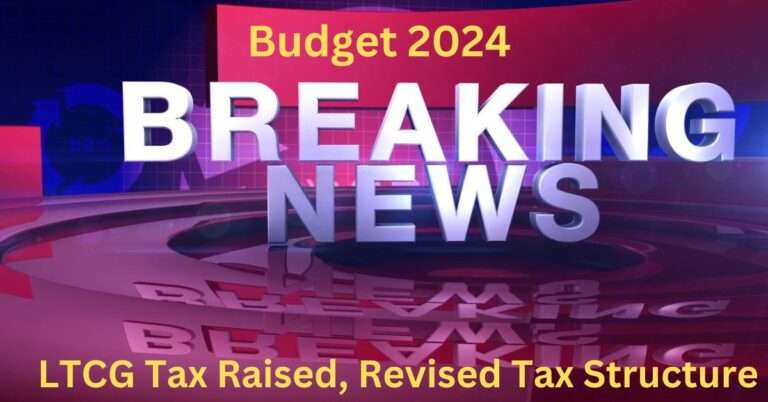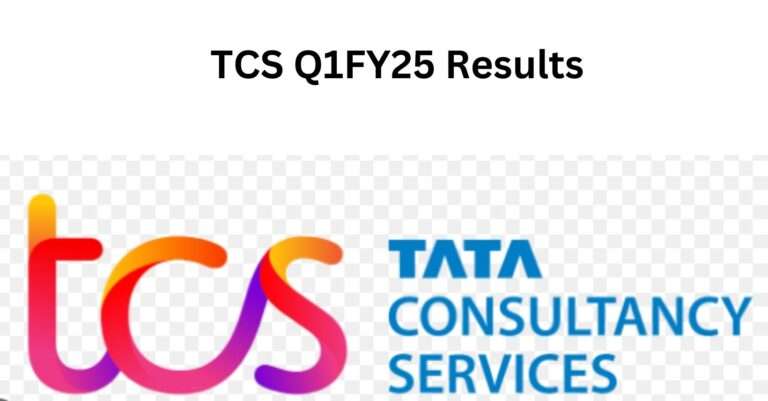

Kotak Mahindra Bank stock drops 7%, Q2 earnings disappoint, analysts slash target price
Kotak Mahindra Bank’s share price witnessed a significant drop of 7.2%, settling at ₹1,735 during intraday trading on October 21. The decline came after the bank reported disappointing Q2FY25 earnings, which failed to meet market expectations. This led to many analysts slashing their target prices for the stock, citing issues such as rising credit costs,…

Should You Invest in Upcoming IPOs This Week? Here’s What You Need to Know
The Indian stock market is abuzz as several Upcoming IPOs This Week are set to open for subscription this week. This surge of public issues reflects the growing interest from investors and businesses looking to raise capital through the stock exchange. With a mix of well-established companies and new entrants, investors have a variety of…

Why Is The Indian Stock Market Declining For Four Consecutive Sessions?—Five Key Reasons Explained
The Indian stock market has witnessed a significant decline in the last four sessions, with benchmark indices such as the Nifty 50 and the BSE Sensex falling significantly. In these tumultuous times, many investors are wondering: Why is the Indian stock market declining for four consecutive sessions? According to experts, five key factors are responsible…

Hyundai Motor India IPO Day 1 GMP: Exciting Updates
Hyundai Motor India IPO is garnering a lot of attention, especially because it is one of the largest public offerings in the Indian automotive sector. Investors have until October 17, 2024 to apply for the IPO, and it has garnered a lot of interest due to the company’s strong market presence. Below is a detailed…

The Impact Of US Tariffs On The Indian Economy If Donald Trump Is Elected Again-Report
The global economy is a highly interconnected system, and any significant policy change by a major power such as the United States can have far-reaching consequences. If former US President Donald Trump returns to office and implements his proposed tariffs, the Indian economy could be affected. According to a Bloomberg Economics report, the tariffs suggested…













